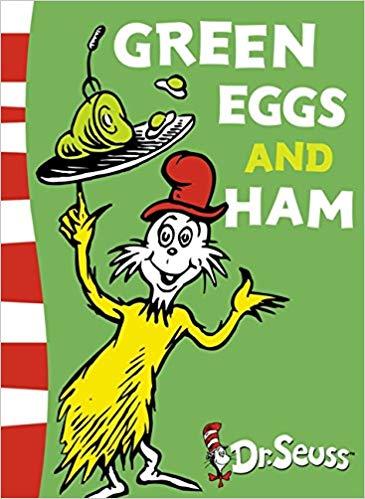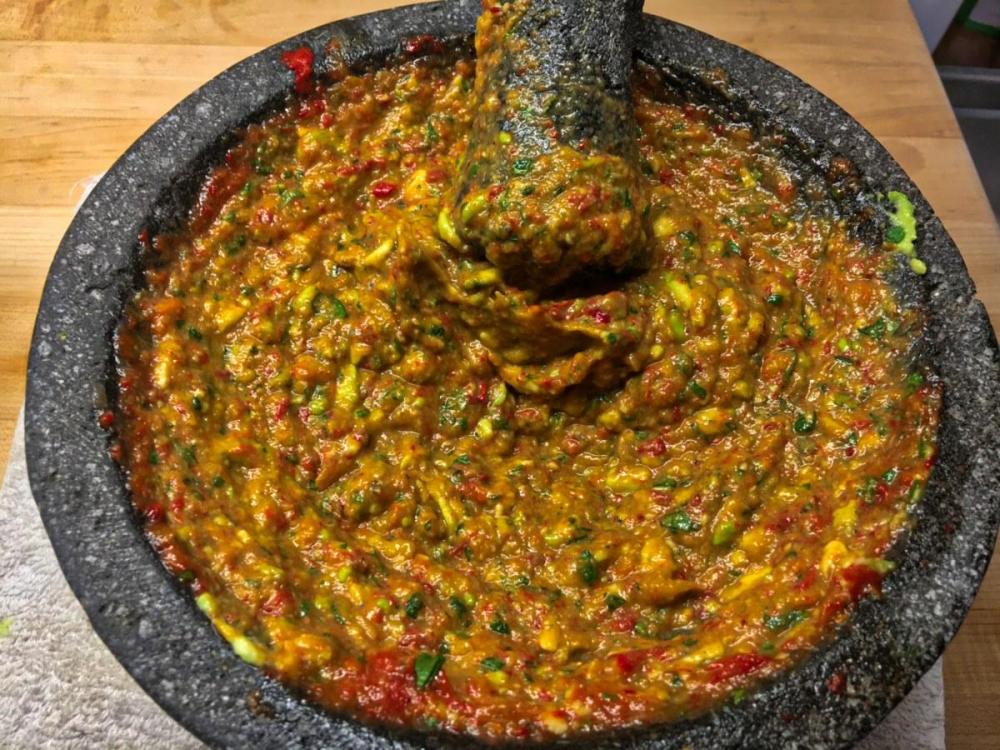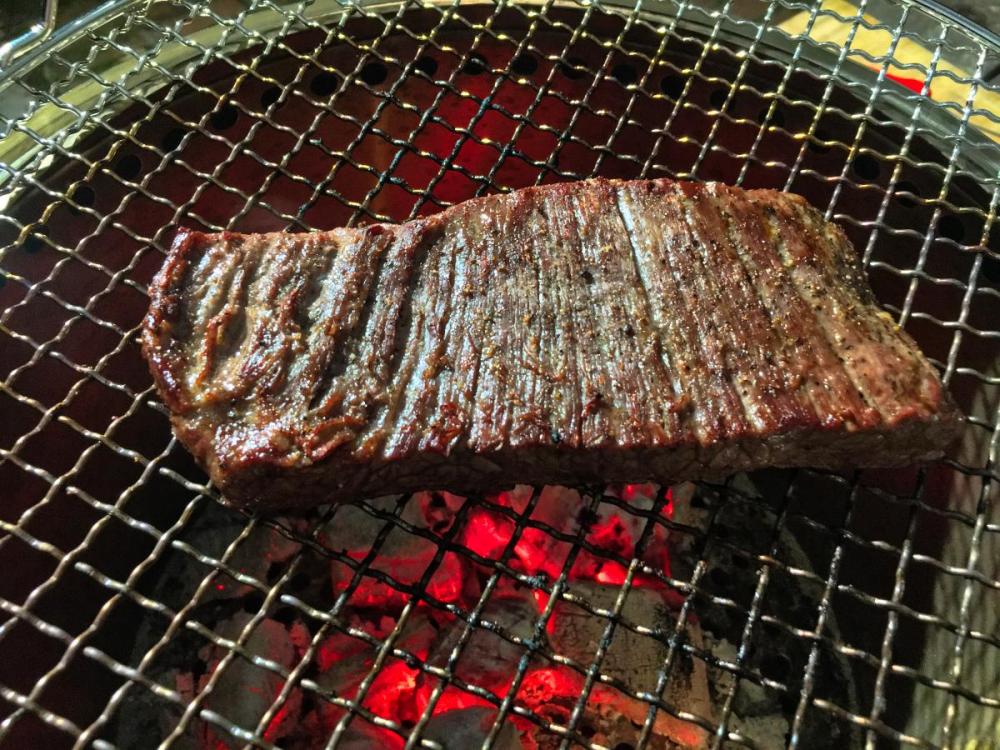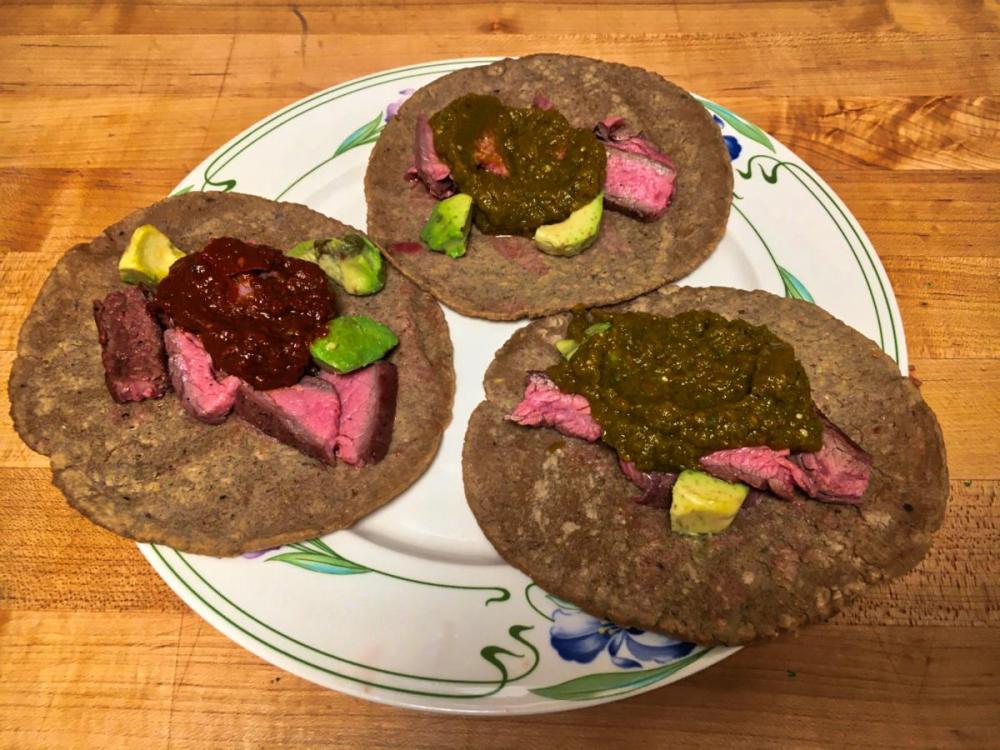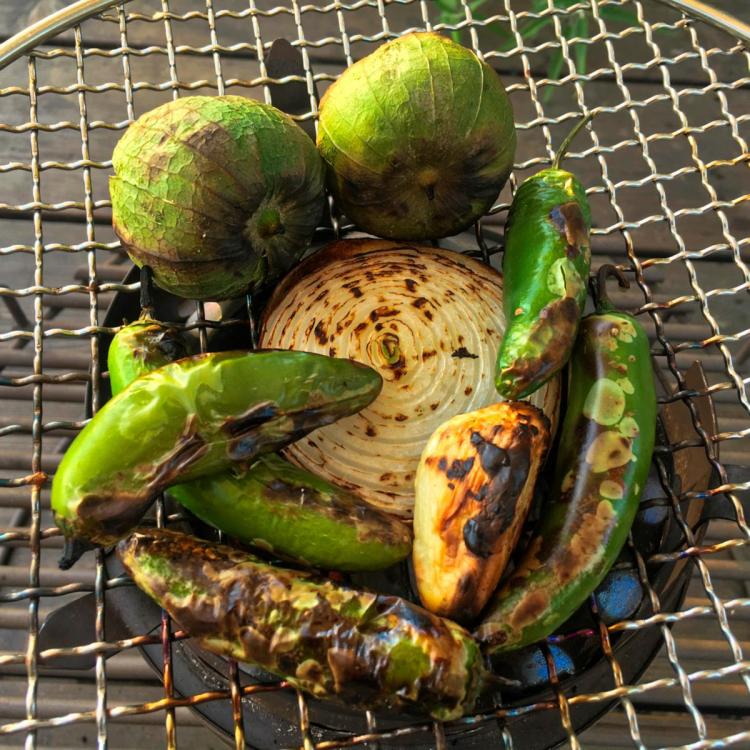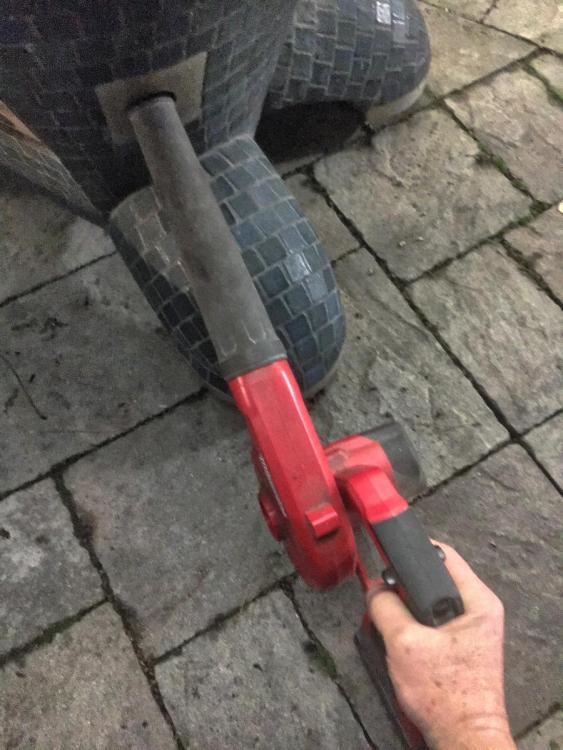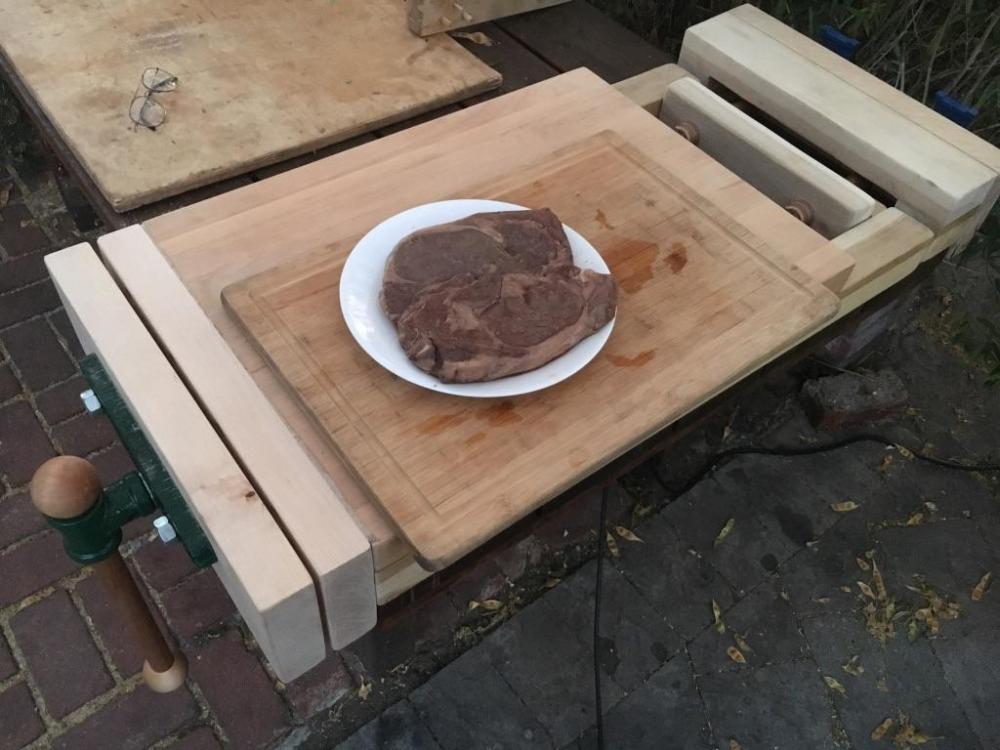-
Posts
1,739 -
Joined
-
Last visited
-
Days Won
53
Content Type
Profiles
Forums
Events
Everything posted by Syzygies
-
While home in California for the year on academic sabbatical (I'm a math prof), I was hoping to take a weeklong bread intensive at the San Francisco Baking Institute. Actually, it's their second week that interests me (Artisan II: Baking Sourdough, Levain, and Wild Yeast) though I'm not sure about the time commitment. These classes may still happen, though everything is on hold because of the virus. It was through the book by Michel Suas, associated with SFBI, that I first understood "green" (not-aged freshly ground) flour, and the ascorbic acid fix: Mix ascorbic acid 1:20 with white flour, very thoroughly. Then mix that 1:20 with white flour for a 1:440 blend. One can measure this in grams to add, say, 40 parts per million ascorbic acid to one's dough. This is easy after the initial investment in finding and mixing ascorbic acid, and it did solve this problem for me. I've instead started to work through this book: Advanced Bread & Pastry by Michel Suas It was a Google Books excerpt that alerted me to "green" flour. I since bought the book from Amazon UK. It was incompetently packed, being heavy, and arrived very damaged. Return shipping was prohibitive, so they let me keep the copy (it's now in New York) and sent another. Equally stupidly packed, but survived somewhat better. Not the copy you'd choose from the stack in a brick and mortar store, but usable. I'd trust SFBI to do a better job of shipping, as it's their book. We're going through a time with a pretty odd relationship to science and expertise. Global warming or pandemic, it may be our downfall. Bread is a relatively light topic, but the mere existence of this book illustrates a vast chasm between what a French-trained professional with decades of experience understands about bread, and what "blind leading the blind" lay writers for amateur home bakers understand. I felt that I was making progress when I gave up Peter Reinhart for Lent. I nevertheless found reading Chad Robertson's Tartine Bread a breakthrough experience (even though we can actually go buy Tartine bread, and we find it unnecessarily scorched in its signature style). But these guys are all guessing, even as they're learning fast by talking to others. There's a tremendous amount that one can learn from attentive experiment, it's not a surprise that the most strikingly original bakers of our day are self-taught. But then one wants to solve a problem, like the problem of "green" flour. As a research mathematician, this is a quandary that I recognize. Work alone, be strikingly original, but give up on thousands of years of supporting insights and intellectual infrastructure. Work too hard to instead master this history of ideas, get sucked into conventional thinking and sacrifice all originality. Each researcher's identity ties to how they resolve striking this balance. Oddly, I could not learn how to pick a lock in my twenties, but I sailed through an evening lock picking workshop recently. One's mind slows down as one ages, but just as Tai chi can teach one to better understand one's body, there are net benefits to better understanding one's mind. When I teach others how to become researchers, this is what I teach. In lock picking in particular, one is trying many possibilities in rapid succession. In problem solving too, there can be critical phases where one needs to be able to rotate through hundreds of possibilities in rapid succession. The researcher who has spent decades studying other peoples' work can generate these hundreds of possibilities in their head, from experience. The lone original wolf, no matter how brilliant, doesn't stand a chance at keeping up. Sometimes they'll instead try one thing that is so out of the norm that experienced researchers would have never considered it, and be lucky, but generally being a lone wolf puts one at a disadvantage. When I want a lazy way to expose myself to hundreds of possibilities for how my bread might improve, I flip through the Suas book. At farmers markets I've met my share of bread bakers who freshly grind but don't understand "green" flour. The key for a professional operation is reproducibility. They're making the same breads day after day. Once they've found protocols that work, they're good. I keep trying new procedures and recipes, so I'm relying on ascorbic acid to get that variable out of my way. I really don't know what you might have discovered, but it makes sense. The balance of acids varies with the stiffness of the levain, affecting the chemistry of gluten formation. Tonight's sourdough rye put me way outside my comfort zone, because the levain protocol was so different. When I flip again through Suas, I haven't even tried most of his ideas that could be relevant to making a rye sourdough come out. I'll play with them one or two at a time, so I have some hope of relating these ideas to experience. So, hopefully you'll be able to replicate this success without ascorbic acid. If not, ascorbic acid is actually quite easy.
-
Today's outing was to South San Francisco to stock up on grain for our mill. They seemed happy for the business, unconcerned that I could be hoarding. Not my first rodeo, we’ve gone through bags of red wheat berries before. Business is down. We’ll go through this. 50 lbs each of red wheat and rye berries, 25 lbs of soft wheat.
-
Every chimney I've bought, I remove the inner shelf, just Iift up to release the coals.
-
I did not mean to imply that you were displaying "poor intellectual form" by using these numbers in passing. You clearly have mastered making pizza with your equipment. Rather, we would be encouraging it in others to let these numbers stand unqualified. Most people who blindly reach these temperatures with their equipment will incinerate their pizza. The people I know with wood-fired pizza ovens back off somewhat from these numbers, even though they can go higher than a KK. I am sorry. I was focusing all of my diplomacy on avoiding the claim that Italians are lying. My teacher (proudly from the Mezzogiorno) stopped just short of this assertion, also. We all delude ourselves. Her measurements indicated a widespread phenomenon that the temperatures Italians claimed to be reaching were not the temperatures that they were actually reaching. Neapolitan pizza may be like Olympic-grade ski boots. Many avid amateur skiers get it into their heads that this is what they want. This is another idea trap; they don't deliver the best recreational experience, even for the strongest recreational skiers. Choose one's goals wisely. One can eat spectacular pizza in many parts of Italy. The Neapolitan approach is the hardest to translate to a backyard elsewhere in the world. Their ovens are typically larger than you'll find in any backyard, and scale is critical. Official Neapolitan standards specify the numbers you give, and some Neapolitan pizzerias have mastered achieving these numbers. But even at a randomly chosen "great" pizzeria in Naples, don't bet half your retirement savings that these are the numbers they're actually realizing. They're in a tight feedback loop, observing what comes out of their particular oven, and the line out the door matters more than adherence to some abstract standard. This is how it should be; this is what we should replicate in our backyards. The French have grammar police, just as the Italians have pizza police, but the French don't speak as theory claims, either. How and where do you measure? Like a KK, the dome temperature tells us little about the experience of the pizza on the stone. An infrared thermometer is most reliable when aimed at previously calibrated reference object that is not reflecting radiant heat from the fire. That's pretty hard to accomplish in a wood-fired pizza oven. Measuring 900 degrees is not necessarily achieving 900 degrees.
-
My neighbors have a wood-fired pizza oven. It's wonderful. I took some cooking classes with an Italian "engineer" (actually Silicon Valley upper management) who retired wealthy at forty, and now teaches as a hobby. She took temperature readings at many of the best pizzerias in Italy, to understand pizza for herself. 900-1000 degrees is a simplistic myth. Yes, if your life depends on finding that reading somewhere in a wood-fired pizza oven, you could manage. If you instead read on the internet that this is the ideal temperature, and try to replicate it indiscriminately, you'll make suboptimal pizza. Where I grew up, I'd hear people say "ASSUME makes an ass out of you and me". They're still saying it fifty years later. I observe something similar in mathematics: It's human nature to clamp down for days, weeks, months, or years on a catchy idea. It's also extraordinarily poor intellectual form. For comparison, competitive swimmers are in great physical condition, but they excel because of ideal form. It is simplistic to believe that our best scientists excel because of raw intelligence. Generally, from what I've observed, they too have better form. They encounter a catchy idea, and their reaction is "I want that experience again in five minutes, with another new idea!" They don't get stuck on single ideas. I've seen many people get stuck on the single idea that a pizza oven should be 900-1000 degrees. The KK is not as nimble as a wood-fired pizza oven at making pizza, though both respond to careful attention. I'm sure that you know that 900-1000 degrees is an oversimplification. The state of any cooker is a high-dimensional time-evolving slurry of information we barely take in, poorly captured by single numbers. I cringe when these numbers are repeated, for I've seen how people take them literally.
-
I'd be interested. I never liked using a rotisserie, but I can see advantages to this meat hook. I'd use it in conjunction with your double-walled drip pan, for multiple reasons...
-

Tale Of Two Egg Cookers - Crazy Questions
Syzygies replied to Jon B.'s topic in Relevant Product Reviews
-
If one can come by preserved lemons (bought, or better yet, homemade), the most famous chicken tagine in Morocco is with olives and preserved lemons. One can Google many recipes. They're all pretty similar, affected more by ingredient quality and chef technique than the list of ingredients. These recipes all look authentic to me, similar to what I do. I prefer bone-in thighs, and both coriander and parsley, and I have a heavy hand with the saffron. Moroccan Chicken Tagine with Preserved Lemons & Olives CHICKEN, PRESERVED LEMON AND OLIVES TAGINE – CHICKEN MKALLI Chicken, Olive, and Lemon Tagine (Djaj Mqualli) As for the tagine clay cooking vessel, it is unnecessary. It is designed for cooking over a slow charcoal fire. Use whatever you'd use for a French stew. However, be aware that in Morocco (where I took a few lessons) they have mastered browning a wet mixture through a clay pot, without burning that same mixture. The idea is pretty obvious, if one pictures how one burns food in general: It begins to stick to the bottom of the pot, and is left unattended long enough to burn. The Moroccans have mastered this effect, and catch it in time. (Without lots of experience, this window is about as "blink and you'll miss it" hard to time as catching the al dente transition for US dried pasta. There's a reason people pay more for Italian pasta. Mexicans would let the burn go longer, but I digress.) Instead, brown the chicken separately to your satisfaction (or not) and then cook gently to avoid burning. In my twenties, I used to learn factoids and then be on alert to avoid being scammed by people who misunderstood these factoids. I learned that there are two kinds of tagines, for cooking (unglazed interior lid), and for serving (decorative glaze on all surfaces). One could only find the serving kind for sale, which somehow offended my developing sensibilities. I somehow made life an Indiana Jones contest to find the authentic. Like all things twenties, I was an idiot, and had this exactly backwards. Cooking is all theatre. People's tastes are less educated and discerning than ours, so they look to visual cues. (This principle guides all fancy restaurants.) Serving in a tagine is great theatre, even if cooking in one has only a faint effect.
-
Even though I was copying from a spreadsheet, I checked my math again before posting. I figured (1:20) * (1:20) = (1:440) could already wear out my welcome, so I left it out: 18 grams at 1:440 is 18/441 = .0408 grams of ascorbic acid. As a fraction of one kilo of flour, this is 40.8 parts per million. I have multiple sieves. My favorite combination is a 12 inch No. 25 test sieve over an 8 quart Vollrath bowl. Both are more expensive than alternatives, but worth the money. Gilson 12-Inch (305mm) ASTM E11 Test Sieve, All Stainless Steel, No. 25 (710µm) Opening Size, Intermediate Height (V12SI #25) Vollrath 69080 S/S 8 Qt Mixing Bowl Extraction is a variable in my spreadsheet, currently set to 85%. This however depends on the grinder and its condition and setting, the grain mix, and how completely one sieves. If I were sharing my spreadsheet with others, I'd add an obsessive/compulsive index variable. And I do use some flours (semolina, white) that aren't home ground. Currently my bread is 65% home ground. As for mixing, I don't believe that there are losses differentially favoring or discriminating against ascorbic acid. I use coarser (less expensive) sieves for mixing, alternating between two 8 quart bowls. In fact, I'm cursed for life to sieve seven times because I'm a coauthor of a famous math paper on card shuffling (Google 'Seven Shuffles'; I'm Dave). An uneven distribution of ascorbic acid is a real risk here. A greater risk, in my experience, is the mix going stale after a few years. I don't understand how this is even chemically possible (I should be able to use ascorbic acid found in Egyptian tombs, right?), but I've found it necessary to buy fresh ascorbic acid every now and then, based on observation and experience. I even have very coarse sieves intended for making couscous from scratch. Still on my todo list, and I'm instead in a Mexican phase now.
-
There is a professional textbook by Michel Suas that solved a problem for me that no popular book addresses: Advanced Bread and Pastry A Professional Approach (The depth of this book can be intimidating. It reveals that a trained baker can understand their craft as well as any professional in other domains.) The issue was the poor performance of "green" (as in young) flour, freshly-ground flour that has not aged. As Suas states, We of course do not want to age freshly ground flour for 2-3 weeks; besides the inconvenience, the germ that we leave in would go rancid. Even dough left in the fridge a day or two can turn an unappealing grey. Suas also notes that a long first fermentation will naturally increase dough oxidation, offsetting somewhat the ill effects of using "green" flour. Everyone's technique is different, and absolutely everything comes into play, in determining the extent that this is a problem. Hydration? Grind fineness? Fermentation schedule? I have learned to not even bring this up at farmers markets where I see bread sold from freshly ground flour. Usually the baker is oblivious to this problem, defensive when it is even suggested, and has found a way to nevertheless produce loaves with the correct appearance. This reminds me of asking food professionals about "pine mouth" toxicity from wrong species of pine nuts; any pine nut that isn't $50/pound is from the wrong species and a crap shoot. It's easy to understand this ignorance; I have many Mexican recipes that call for avocado leaves, and I was about to plant the most frost-hardy variant I could find, until I read Diana Kennedy's accounts of leaf toxicity in avocado variants not grown in Oaxaca. Now I don't know if I can trust avocado leaves in a restaurant. Some Mexican restaurants in the US even use pine nuts, too. My questions are likely to get me escorted to the door. But I digress. I was pushing the boundaries of reasonable hydration for whole wheat loaves, attempting artisan technical results that usually require somewhat less extracted flour (a Lionel Poilâne loaf is my holy grail), and my loaves were coming out like flying saucers. Then I discovered the Suas passages via Google Books. (I have since bought his book.) 40 ppm is 40 parts per million. Yikes! How does one do that, in a bakery or a home kitchen? We're not science labs here. Suas recommends carefully mixing and cutting twice with white flour, to achieve a mixture one can actually weigh on a gram scale. I mix ascorbic acid 1:20 with white flour, sieve multiple times to mix well, then mix some of that 1:20 with white flour to obtain a 1:440 blend. (There's unfamiliar ratio math here: (1:20) * (1:20) = (1:440), which we can check as 21 * 21 = 441.) For my standard recipe based on a kilogram of flour, I mix in 18 grams of this 1:440 blend. This has been an easy habit, and I no longer experiment with leaving this step out. Others might not find it necessary, but I offer it as an option, in case they're experiencing issues that they can't resolve.
-

Solo Stove Bonfire - Mrs skreef's new fire pit.
Syzygies replied to ckreef's topic in Jokes, Ribbin' & Misc Banter!
Grilling has never been this easy. I may make it through my pallet of KK coffee lump. The tortilla masa is from Comiteco Rojo landrace Oaxacan corn. Like I said, I'm usually juggling six other cooking tasks. It's a minute to set the Solo Stove fire, then six enjoyable minutes as a reward for the work in between, to gently grill steaks. -

Solo Stove Bonfire - Mrs skreef's new fire pit.
Syzygies replied to ckreef's topic in Jokes, Ribbin' & Misc Banter!
My Solo Stove Ranger came today, just after your Bonfire. It's big, though not as big as yours. The top reducer leaves an 11" opening. I immediately lit a single test layer of charcoal, which it improbably managed to sustain, while the outside stayed cool to the touch.This wasn't my best charcoal, but I couldn't resist grilling some salsa ingredients. The salsa was great on leftover fried rice; Mexico won the flavor tug-of-war. I'll be able to easily grill over wood chunks, for a quick steak. This will be fun... -
-
-
- 7 replies
-
- 10
-

-

-
Ñuke Delta Argentinian Style Wood Fire Gaucho Grill Overview | BBQGuys Wow. I want one!
-
Feeling the Pressure: Giving in to the Pressure Cooker Steve Sando founded Rancho Gordo beans, considered by many the best supplier of dried beans in the United States. (All bets are off once one includes Spain, where the best beans can require a second mortgage.) To summarize, he has relaxed his prejudice against pressure cooker beans, seeing it now as a possible step whose shortcomings can be corrected in later steps. That's also how I use sous vide: as a step. The issue isn't the quality of the beans themselves; pressure-cooked beans could be rinsed and placed on a salad, and no one would be the wiser. Rather, a pressure cooker fails to develop as rich a bean broth. One can indeed end up with a similar broth most of the time with most beans, but once one experiences a great broth from great beans, that becomes the quest. That is also my experience with stews; the quality of the liquid base is key, and a pressure cooker can't compete with a long slow reduction. I know how to cook a stew in a clay pot so it comes out tasting like I used a pressure cooker. I don't know how to cook a stew in a pressure cooker so it comes out tasting like I used a clay pot. In this sense, the pressure cooker is less expressive. There was a time when I would have claimed that beets were the killer app for pressure cookers. Then I realized that sous vide is the best way to cook beets. This doesn't carry over to sweet potatoes, where a pressure cooker rules.
-
Interesting. I bought an 8.5 quart Fissler Vitaquick pressure cooker for my New York apartment, then their 10.6 quart cooker for California near our KK. Mostly a solution looking for a problem, as in many applications (beans, stews, ...) it is noticeably inferior to the best application of traditional methods. And we're not opposed to technology: I also have chamber vacuum machines and sous vide equipment in each kitchen, and they've seen steady use. My motivation for nevertheless buying a second (large) pressure cooker was to make custom stocks for ramen. In our experience, the killer app for a pressure cooker is sweet potatoes. An underrated food available in many fascinating and obscure varieties if one hunts, they come out better pressure-cooked than by any other cooking method. (Let the pressure abate naturally; release the pressure quickly to see if they're done, and they explode into sweet potato puree.) Perhaps the wrong day to praise sweet potatoes, as everyone in the States just experienced their most dreadful incarnation yesterday. Eat them simply. Your two-step bird steps into an interesting debate. Competition barbecue fiends start their meats cold in cold cookers, to maximize the smoke ring formation that wanes once the meat passes a threshold temperature and the proteins change structure. Meat continues to benefit from smoke after this threshold, but there are no longer visual cues. One could cynically argue that competition judges get their palates blown early by wretched examples of competitor smoke, so one wins by offering them visual cues. Or there is actually something fundamentally different about the application of smoke to cold, never-cooked meat. Do your experiments give you any insight into this?
-
Cleaning the ash? Our KK tenth year anniversary just passed. Have I overlooked some basic maintenance here that I should consider?
-
Marcato Ravioli Tablet
-
I'm not sure where my heat deflector is, but I do use the double drip pan when I'm trying to tune how much radiant heat comes from below. Fuel efficiency? This is like debating flower pens when some people are still rolling joints. Although I never use my precious coffee lump indirect.
-
A commercial bread oven, which we're modeling, provides a wallop of steam in the first minutes of the bake. That device can boil enough water, but over a longer period. I don't believe it recreates our goal, but the effect could be interesting? I try to avoid overly complicated solutions to simple problems, so I'm unlikely to try this. But if I had this device already for woodworking, the temptation would be irresistible.
-
The density of steam is roughly 600g per cubic meter. So for example, 400g of water or ice turns into 2/3rds of a cubic meter of steam. A typical range-style home oven has a volume of less than 1/6th cubic meter. Our KKs are similar, depending on the size. So there's enough steam to fill an oven or KK four times over. The surplus will indeed come whooshing out! One wants to reach the point of diminishing returns. If you only partially fill the oven with steam, you're only partially affecting the loaf of bread. The water from a few sprays of a plant spritzer is at most half a cubic foot if one is lucky, with a very partial effect on the bread. On the other hand, 200g of water or ice would be nearly as effective as 400g. I've never seen you settle for nearly!
-
Of course, makes the routing easy. Though I'm enamored with Forstner drill bits, just as quick to make room for the closed end. Or, it's not a bug it's a feature! Expose the box end hole as a way to hang the tool. I never noticed, but handle blanks are their own market, just like pen turning blanks. Rockler sells bookmatched pairs of nice woods for this: Figured Walnut Knife Scales My two favorite "upload your design" fabrication sites are Ponoko.com (for laser cutting many materials including wood) and Drawer.com (for custom boxes in many woods). One could order laser-cut handle layers and glue them up without a shop. Commercial woodworkers don't bother with drawers anymore if they can just order them. Our Atlas 150 Pasta Machine and accessories sit in a cherry box I ordered. Of course, router tables are an excuse to make jigs. I can see making a handle jig designed for the Rockler handle blanks. So what's the nicest source of wrenches? Yours has the right shape to fit the grill; not all do. eBay has plenty of vintage Craftsman wrenches, for example.
-



